Big tactical advantages that still didn’t win wars
Throughout history, military innovations have often promised decisive victories. Yet, some of these grand strategies and technologies, despite their initial promise, ended up falling short of their objectives.
This article explores such tactical marvels that, while revolutionary in concept, didn’t quite live up to their potential. Join us as we journey through history’s fascinating tactical missteps and learn how even the mightiest strategies sometimes falter.
The Blitzkrieg: Fast and Furious but Ultimately Stalled

The Blitzkrieg, or “lightning war,” was a strategy employed by Nazi Germany during World War II. It emphasized speed and surprise, using a combination of air attacks, tanks, and infantry to overwhelm the enemy.
Initially, it proved devastatingly effective, leading to the swift fall of Poland and France. However, the strategy faltered in the vast expanses of the Soviet Union, where supply lines were stretched thin, and the harsh winter took its toll on German forces.
The Maginot Line: Impressive Fortifications with a Fatal Flaw
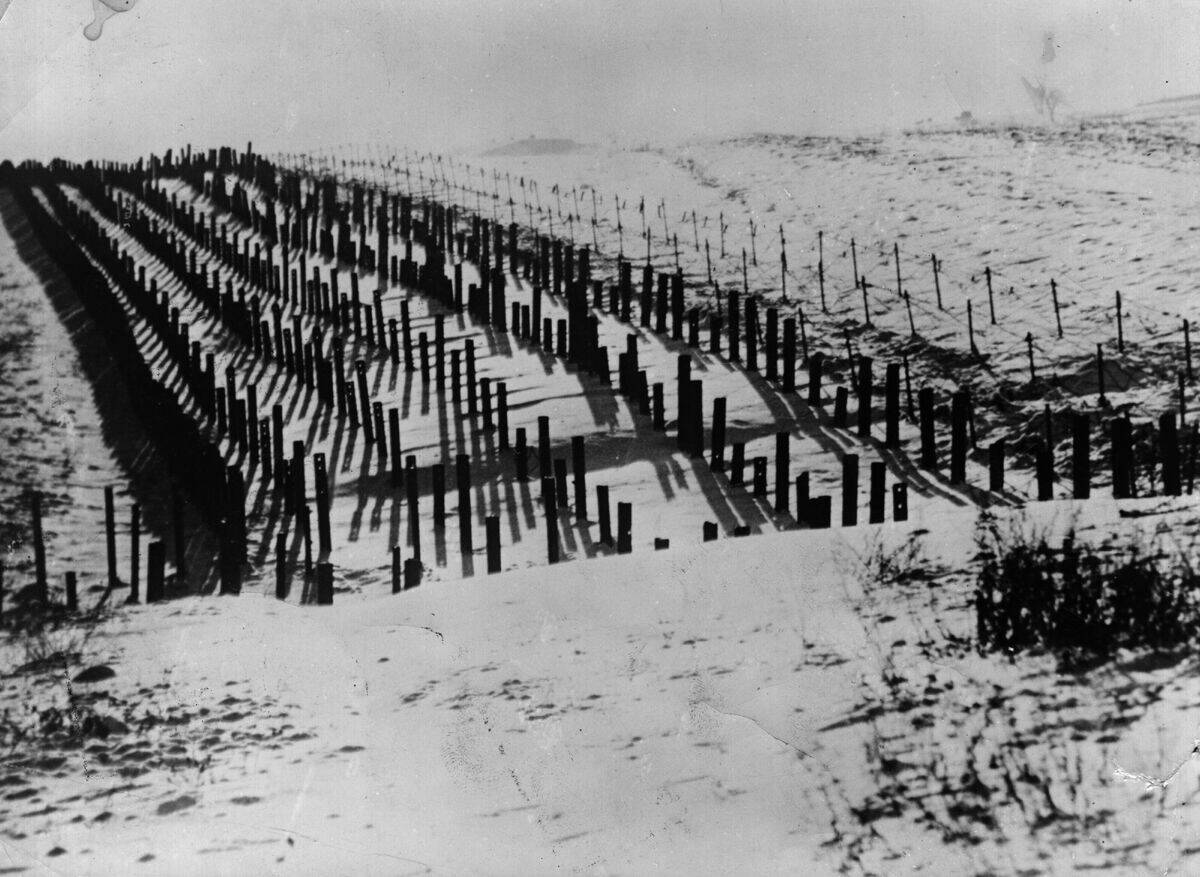
The Maginot Line was a line of concrete fortifications built by France along its border with Germany after World War I. It was designed to deter a German invasion, demonstrating remarkable engineering with its extensive weaponry and underground facilities.
Unfortunately, it had a glaring oversight: It did not extend along the Belgian border. In World War II, German forces simply bypassed the line through Belgium, rendering the costly defenses ineffective.
The Ironclad Ships: Naval Powerhouses that Didn’t Turn the Tide
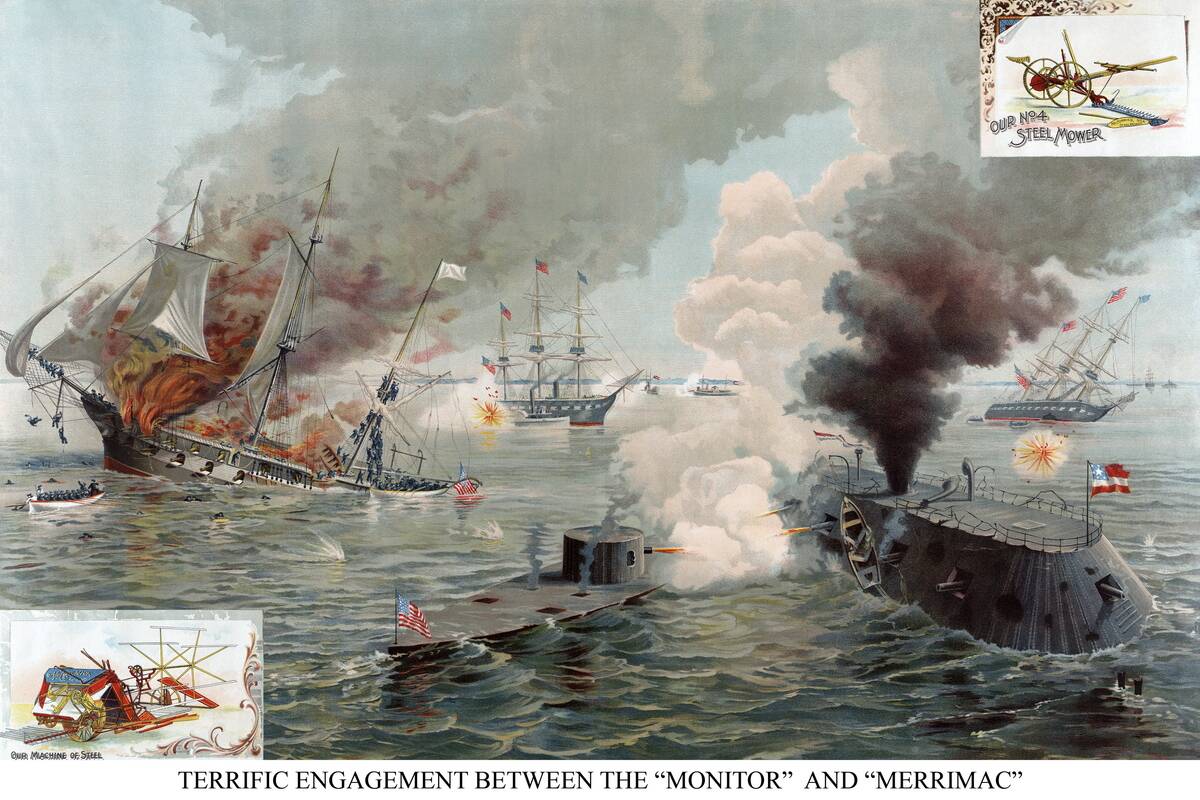
Ironclad warships emerged in the mid-19th century, marking a significant shift from wooden ships to armored vessels. They were first notably used during the American Civil War, with the USS Monitor and CSS Virginia clashing in the famous Battle of Hampton Roads.
While these ships showcased unprecedented strength and durability, they were not enough to decisively change the war’s outcome. That said, they were a clear sign of the Union’s naval superiority, which strengthened key blockades. The Confederacy wan’t able to secure as many due to the reticence of European nations to send them.
The V2 Rocket: A Technological Leap that Missed the Mark
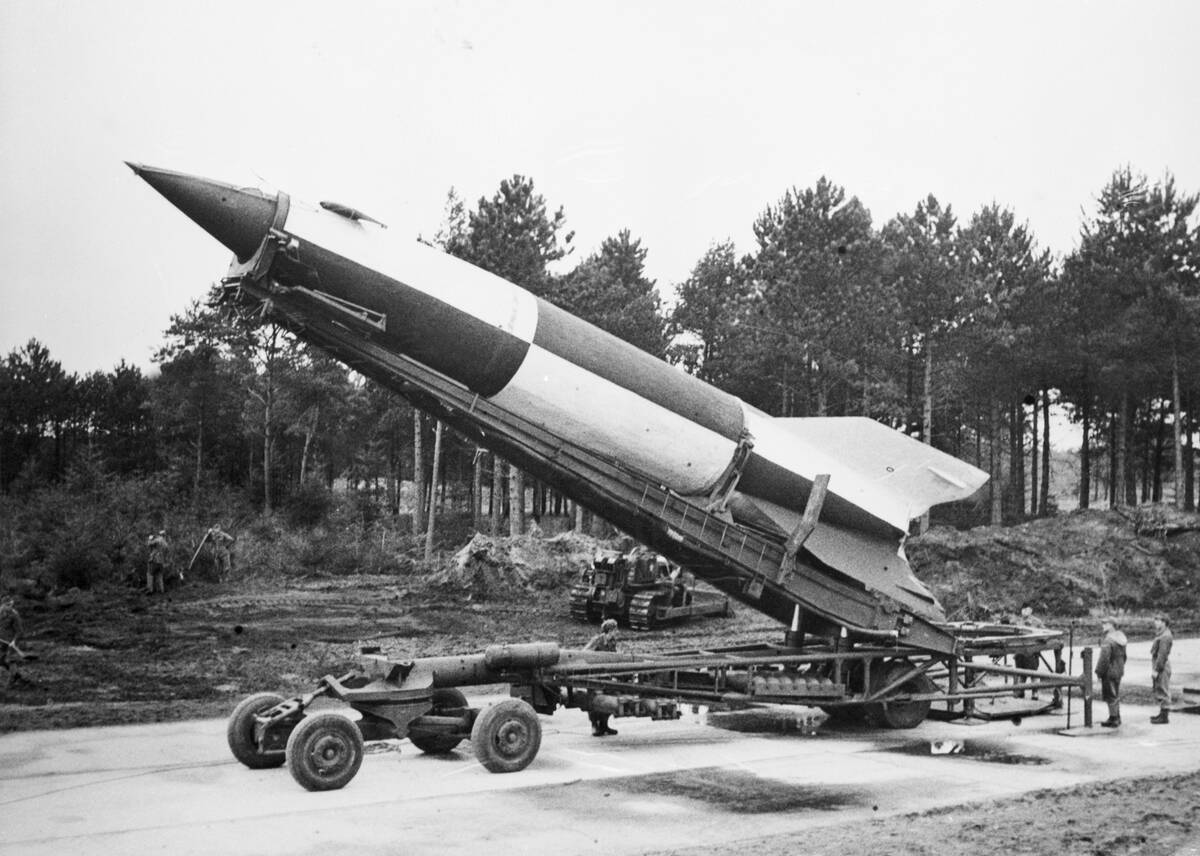
The V2 rocket, developed by Nazi Germany, was the world’s first long-range guided ballistic missile. It could reach speeds of 3,500 miles per hour and had the capacity to hit targets over 200 miles away.
Despite its groundbreaking technology, the V2 was not a game-changer for Germany. High production costs and limited accuracy meant that it did little to alter the course of the war, serving more as a psychological tool than a strategic weapon.
The Spanish Armada: A Mighty Fleet Sunk by Strategy and Weather
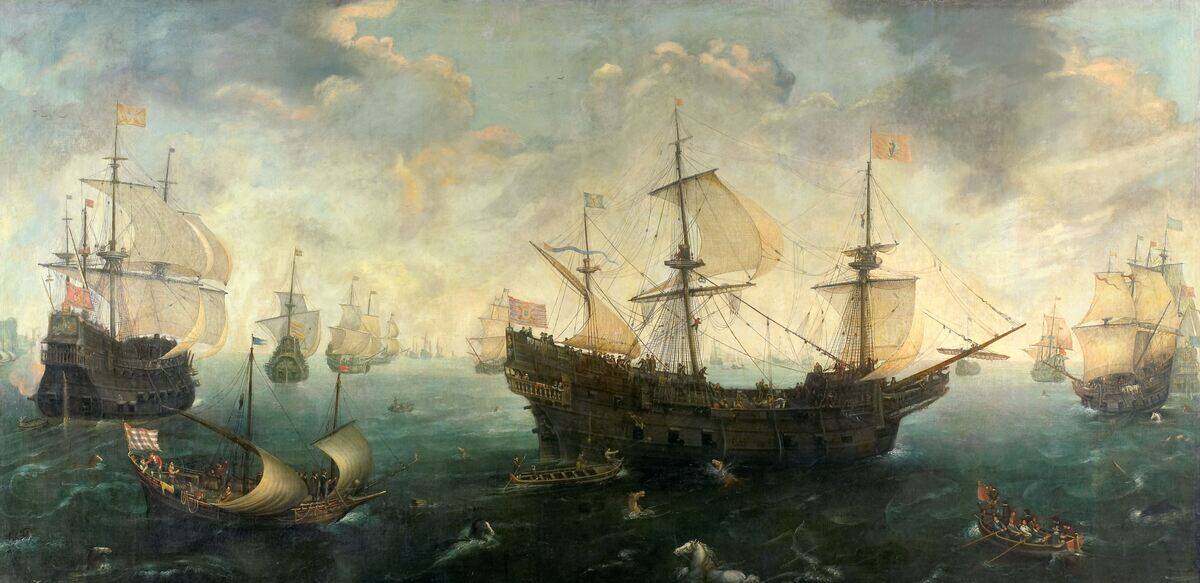
The Spanish Armada, launched in 1588, was one of the largest fleets ever assembled, intended to overthrow Queen Elizabeth I of England. Comprised of 130 ships, the Armada was a formidable force.
However, it was undone by a combination of poor planning, nimble English naval tactics, and severe storms in the North Sea. The defeat marked a turning point, weakening Spanish dominance and paving the way for England’s rise as a global maritime power.
The Elephant Cavalry: A Heavyweight Advantage Overcome by Ingenuity
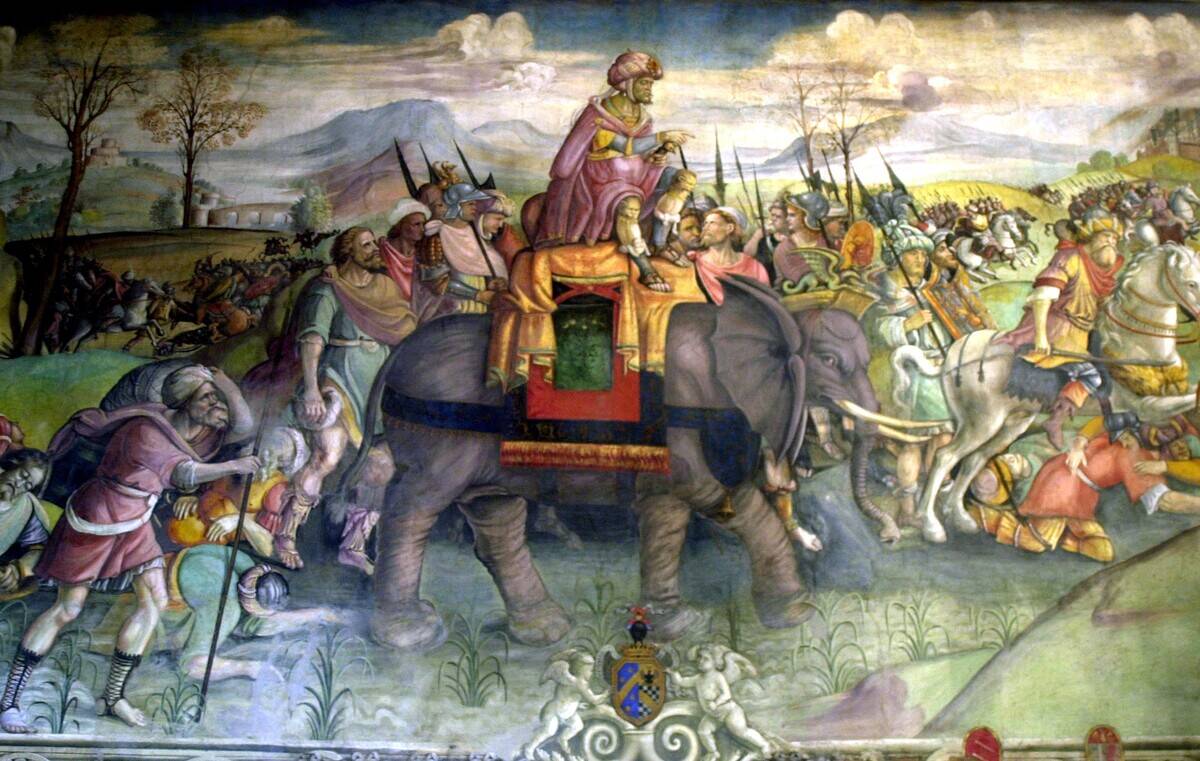
Elephant cavalry were used by ancient armies for their formidable presence and psychological impact. Hannibal famously crossed the Alps with elephants to surprise the Romans.
However, these giants were vulnerable to strategic countermeasures. The elephants were not adaptable to the cold they faced, which meant that the ones who didn’t fall to injuries from Roman attacks tended to die of exposure.
The Samurai Code: Honor in Battle That Couldn’t Conquer Numbers
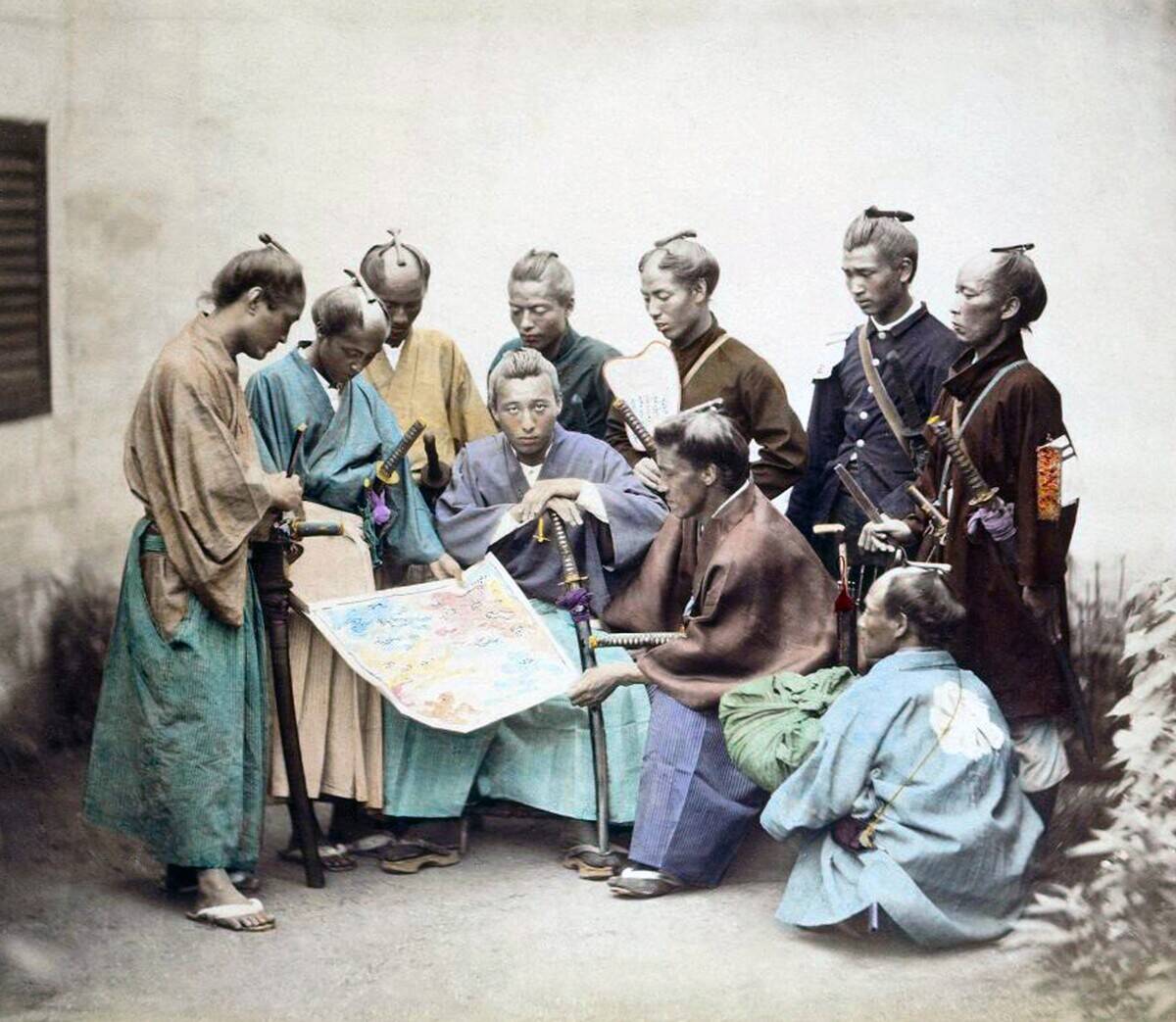
The samurai code, or Bushido, emphasized honor, discipline, and loyalty, defining the warrior ethos of feudal Japan. Samurai warriors were renowned for their skill and bravery in battle. However, the rigid adherence to this code sometimes hindered military effectiveness.
In conflicts such as the Boshin War, samurai forces were often outnumbered and outgunned by modernized armies, ultimately leading to their decline as Japan embraced modernization and a conscripted military.
The Enigma Machine: Cracked Secrets that Couldn’t Seal Victory
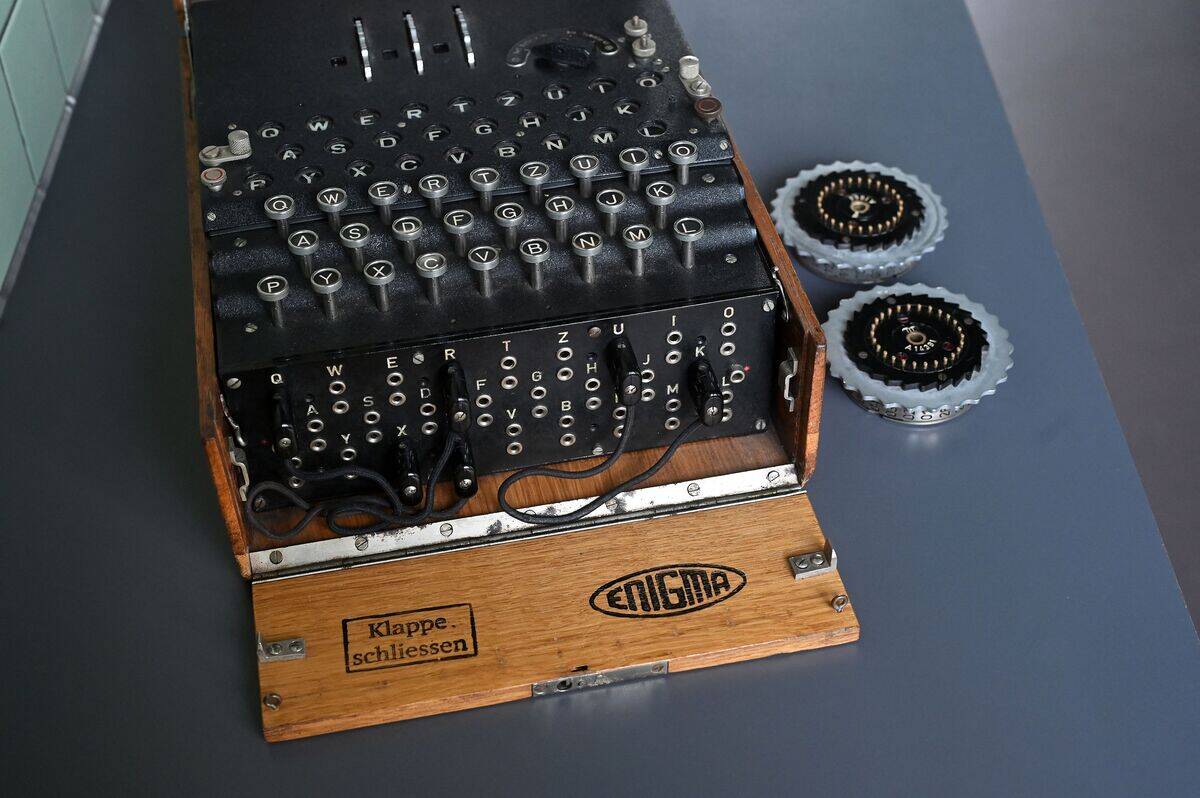
The Enigma machine was a sophisticated encryption device used by Nazi Germany to secure military communications. It was considered unbreakable—until Allied codebreakers, led by Alan Turing, cracked its codes.
This breakthrough provided crucial intelligence that helped turn the tide of World War II. Yet, the success of breaking Enigma’s encryption didn’t automatically guarantee victory, as it still required effective use of the intelligence gathered and coordination among Allied forces.
Nuclear Arsenal: The Ultimate Deterrent that Didn’t Always Deter
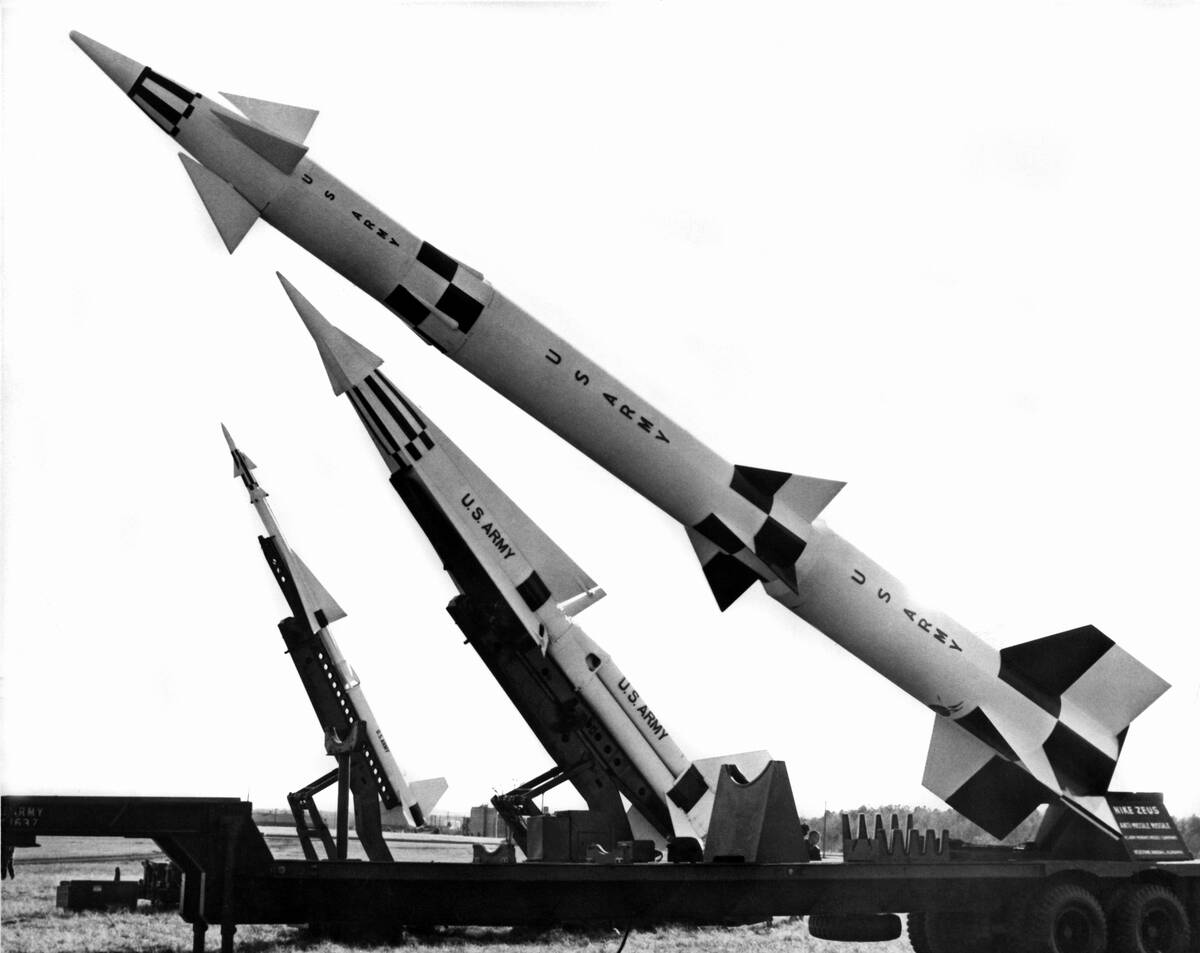
Nuclear weapons have been considered the ultimate deterrent since their inception during World War II. The sheer destructive power of these weapons was meant to prevent major conflicts through mutual assured destruction.
However, they haven’t always been effective in deterring aggression. Conflicts like the Korean and Vietnam Wars, along with numerous regional skirmishes, have shown that geopolitical tensions and conventional warfare persist despite the presence of nuclear arsenals.
The Roman Testudo: A Shielded Approach That Couldn’t Prevent Decline
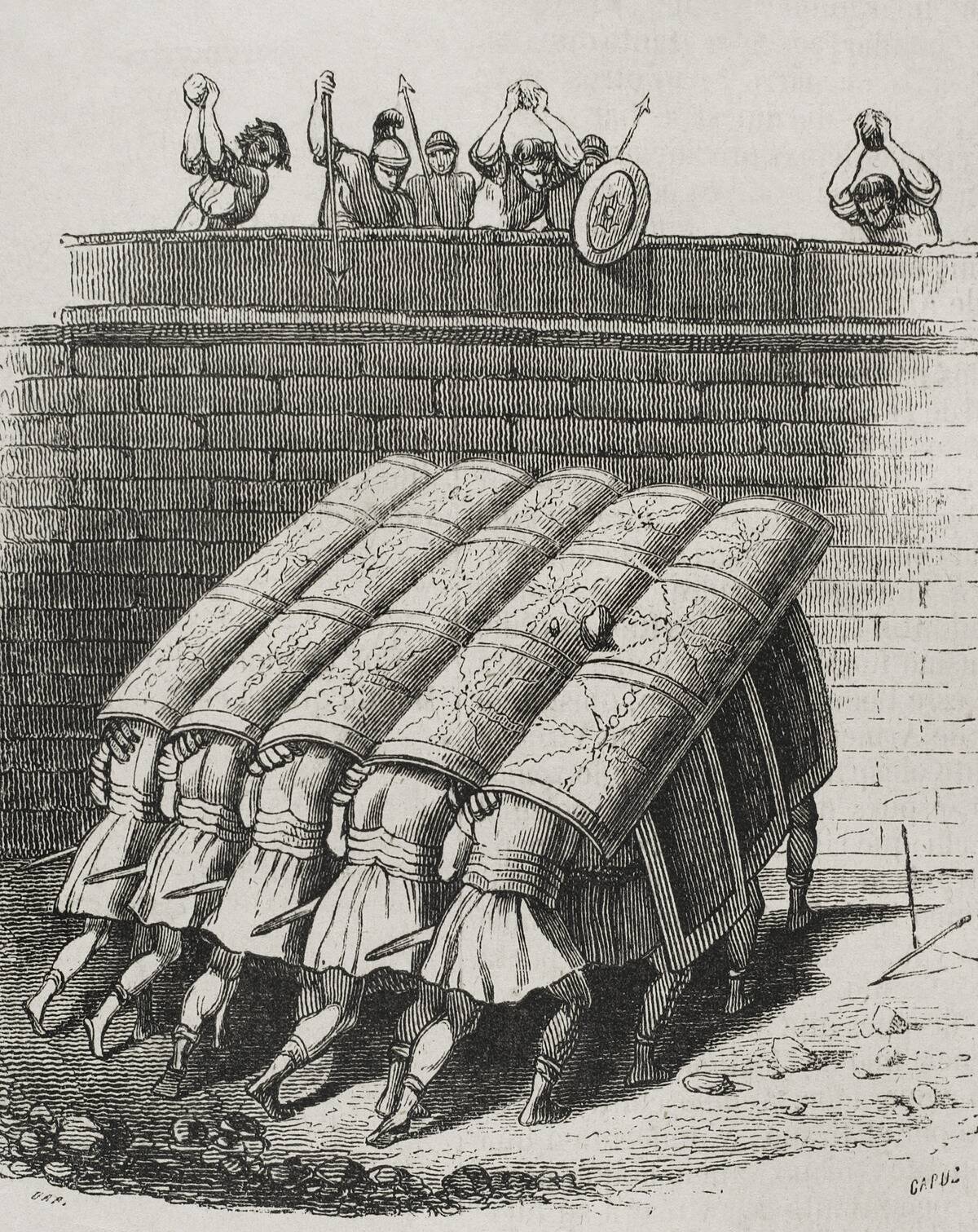
The Roman testudo, or “tortoise,” formation was an iconic military tactic where soldiers formed a shield wall to protect against projectiles. It proved effective in many battles, allowing Roman legions to advance under heavy fire.
Despite its tactical success, the testudo couldn’t stop the eventual decline of the Roman Empire. A combination of internal strife, economic troubles, and barbarian invasions led to Rome’s fall, highlighting that tactics alone couldn’t sustain an empire.
The Luftwaffe: Air Superiority That Failed to Secure the Skies
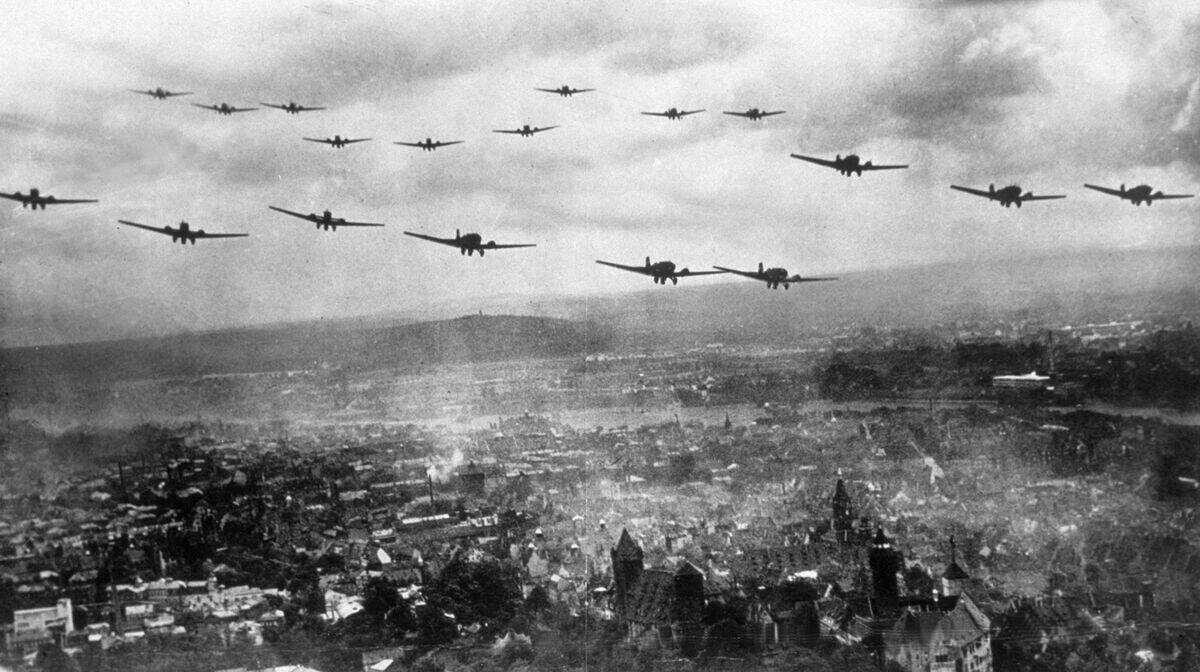
The Luftwaffe, Nazi Germany’s air force, was initially dominant, playing a crucial role in early World War II campaigns. It boasted advanced aircraft and skilled pilots, contributing to significant victories.
However, the Battle of Britain marked a turning point. Britain’s resilient defense, aided by radar technology and strategic errors by the Luftwaffe, resulted in a failed campaign. The inability to gain air superiority over Britain was a critical factor in Germany’s eventual defeat.
The Chariot: Ancient Speed Demons That Couldn’t Outrun Defeat

Chariots revolutionized ancient warfare, offering speed and mobility on the battlefield. They were used by civilizations like the Egyptians, Hittites, and Chinese, often carrying archers to harass enemy troops.
Despite their initial impact, chariots became less effective as warfare evolved. Infantry tactics improved, horses were bred large enough to ride directly, and rougher terrains limited their use. By the time of the Roman Empire, chariots were largely relegated to ceremonial roles, unable to keep pace with changing military strategies.
The Dreadnought Battleship: A Naval Revolution That Didn’t Rule the Waves
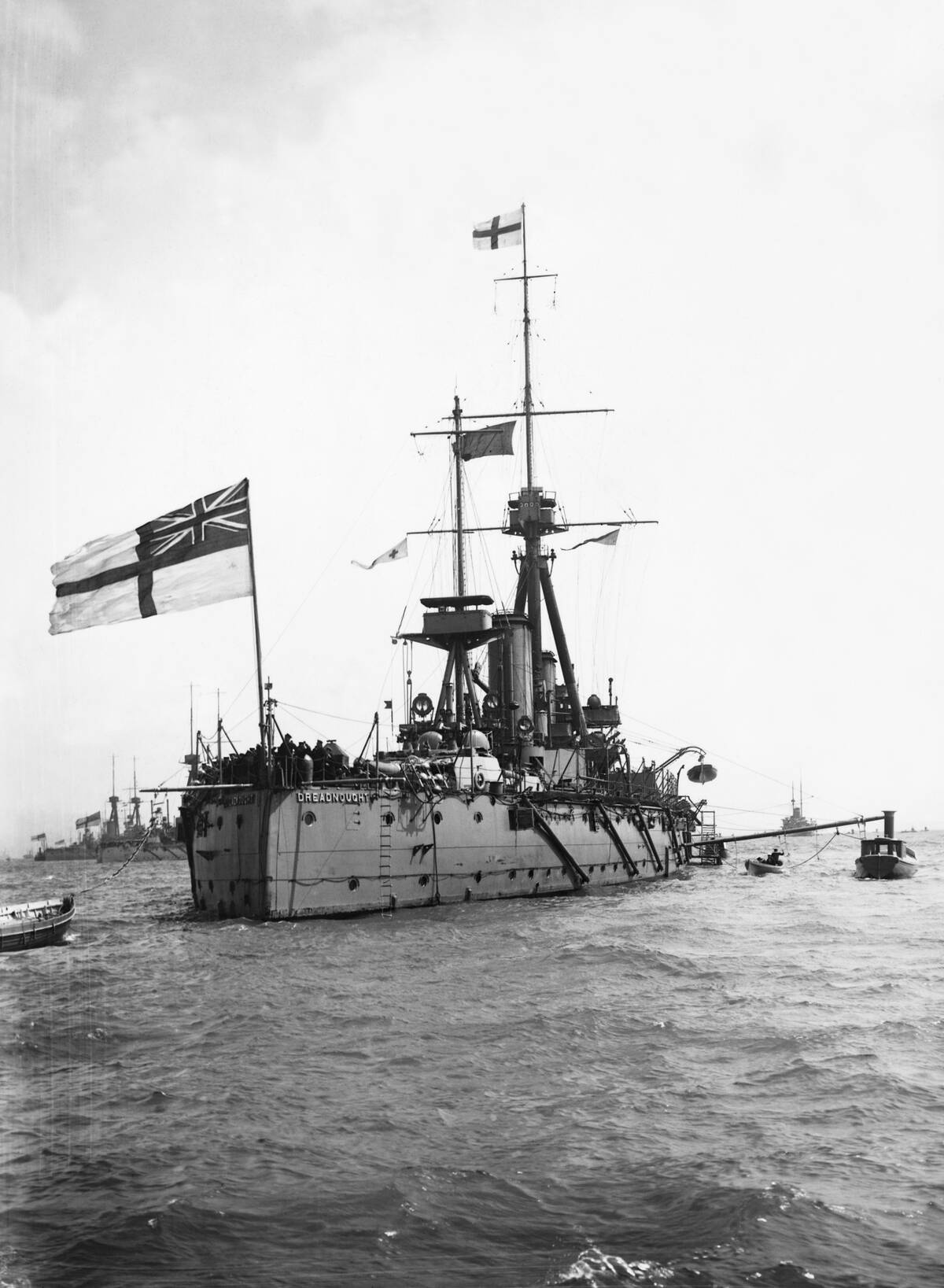
The HMS Dreadnought, launched in 1906, was a game-changer in naval warfare, making all previous battleships obsolete. It featured greater speed, firepower, and armor, sparking a global arms race. However, World War I demonstrated that battleships weren’t the ultimate naval weapon.
Submarines and aircraft carriers emerged as new threats, diminishing the role of traditional battleships. By World War II, the dominance of dreadnoughts had waned, with naval strategy shifting toward more versatile forces.




